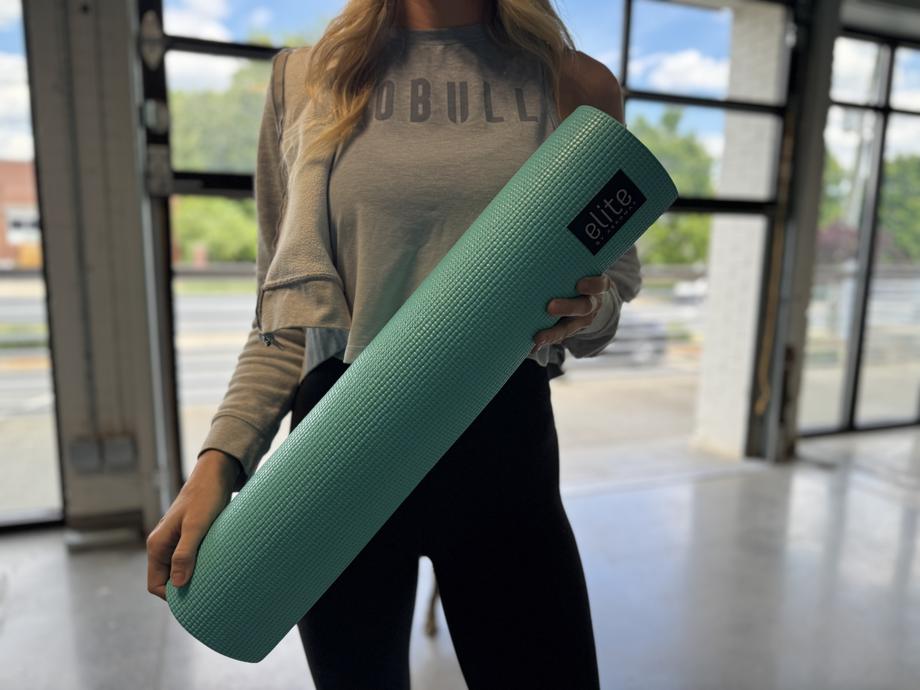Some exercises appear simple and like they don’t work a thing, and then you perform them and feel the true power of that movement. The hollow hold workout is a prime example of this. On the surface, all you’re doing is raising your torso and legs off the floor to balance on your lower back. How hard could that be? You might be surprised.
RELATED: Lower Back Exercises
Here, I’ll break down the mechanics of the hollow hold workout to help you build rock-solid core strength without straining your lower back. Are you ready to feel your abs burning when doing this functional core exercise? Then, this certified personal trainer (CPT) is here to guide you through it.
Let’s go!
How to Hollow Body Hold
Here is how to do the hollow body hold exercise with stable form.
- Lie face up on the floor with your legs and arms extended and spine neutral.
- Squeeze your glutes and legs together and gently lift your legs 4 to 6 inches off the ground with your toes pointed.
- Raise your upper body off the ground and bring your arms overhead with your biceps by your ears and head in neutral to avoid neck strain.
- Press your lower back and hips into the ground and hold for the desired time.
Expert tip: If this position is too difficult at first you can keep your arms on the floor to increase your stability or lift your legs higher.
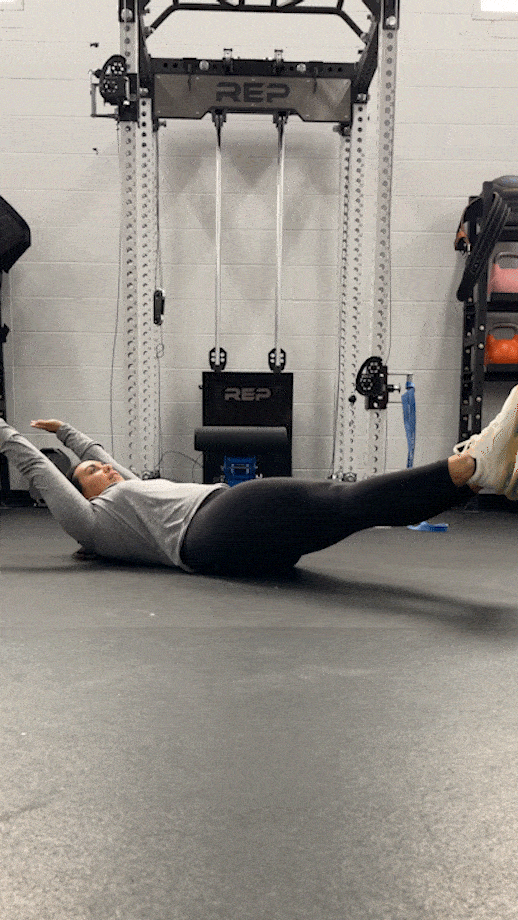
Personal Trainer Tips for Form
The hollow hold is a bodyweight workout that is less complex than, say, a squat or deadlift because all you’re doing is raising your arms and legs off the ground. But with the hollow hold, those little form details matter.
Find Neutral Spine
While you’re lying face up on the floor, adjust your body to find a neutral spine position, which is, in most cases, when you can feel that your lower back is aligned with the floor.
Set-Up
Ensure your feet and legs are together and your arms extended behind your head. The hollow hold is great because your legs and arms act as a long lever away from your core to make your abs work harder to hold them up.
Not Too High
Your legs only need to be four to six inches off the ground. Higher might seem better, but then most of the focus goes to your hip flexors and not your abdominal muscles.
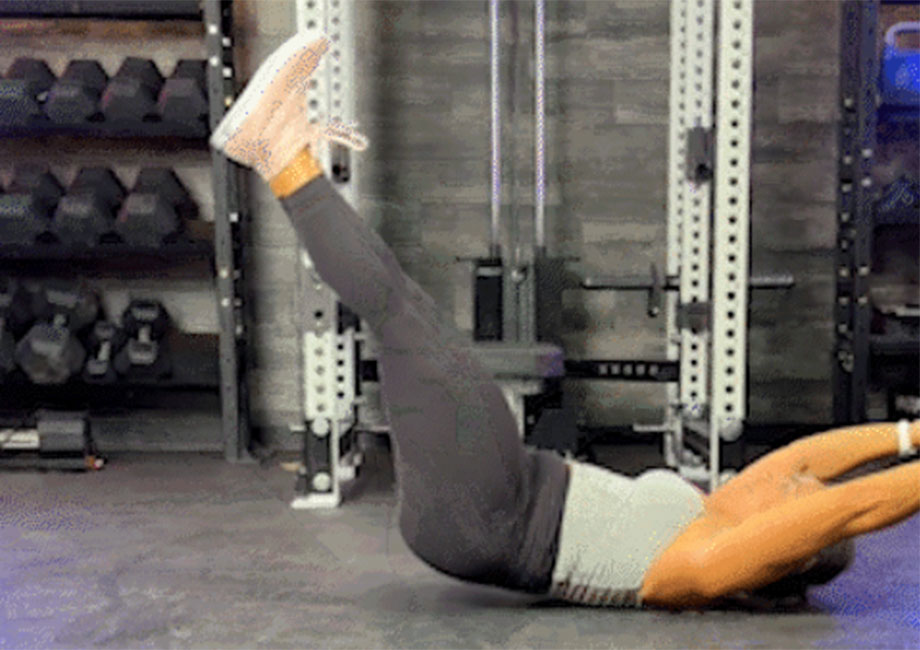
RELATED: Hip Flexor Exercise
Common Hollow Hold Exercise Mistakes
Just because the hollow holds are simple to set up and perform doesn’t mean mistakes can’t be made. Here are three to watch out for if you want to get the best out of this exercise.
Keep It Up
Holding your head and legs up when you’re tired is challenging. Your shoulder blades and head tend to drop to the ground, making it harder to keep your lower back in neutral, which may result in lower back pain. If you feel this happening, lower your limbs, rest, and do another quality set.
Just a Little Will Do
More is not better regarding how far you raise your legs and arms off the ground. Your feet need to be around four to six inches off the ground because any more than this will put your legs in an L-shape. Then, your hip flexors will do more of the work, which is not a hollow hold.
Keep Your Lower Back On the Floor
Your lower back needs to be on the ground for the entire exercise, or else you’ll lose all the juicy ab tension the hollow hold is known for.
RELATED: Lower Ab Workouts
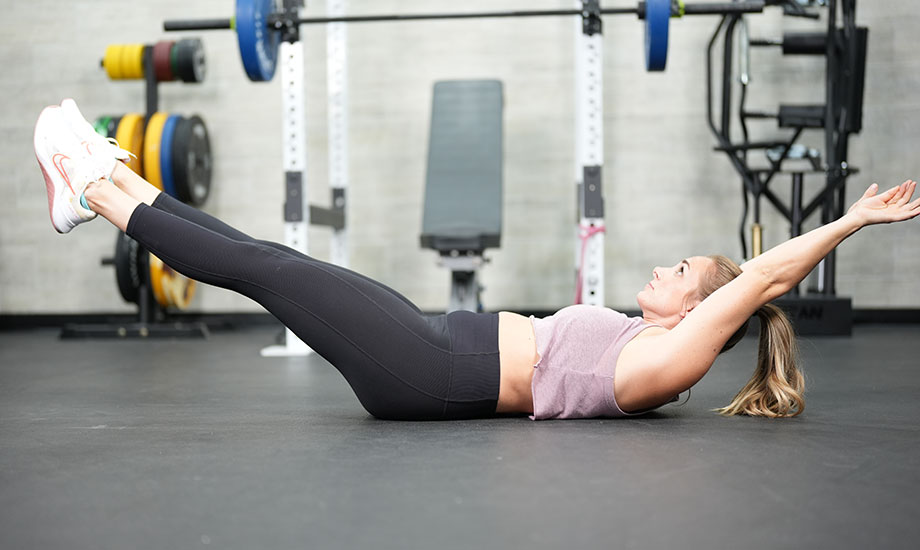
Hollow Hold Benefits
For something that seems so simple, the hollow hold does have some essential benefits.
Improved Core Strength
When the hollow hold is performed with proper form, you can generate incredible muscular tension on your core muscles. This will help improve core strength in your abs, obliques, and spinal (low back) erectors.
RELATED: Oblique Workouts
Better Performance with Complex Exercises
Keeping a straight back under load, like with a barbell on your back and coordinating your abs, hips, and upper body, is vital to compound exercises like deadlifts, pull-ups, squats, and dips. Hollow holds are a simple way to train the core strength needed for acing these movements.
Great for All Levels of Lifters
All levels of exercise can do this, from the beginner to the advanced, because there is nothing complex about the hollow hold. But boy, you will surely feel the ab-shaking burn. Don’t say this CPT didn’t warn you.
Hollow Hold Variations
When you want to take your hollow hold progressions to the next level or rewind it a bit on days you’re not feeling it, here are some variations that fit the bill. Inserting these exercises into your warm-up should help build a stronger core.
Bent-Knee Hollow Hold
Why do it: If the standard hollow hold is too tricky, you can dial down the intensity by bending your knees. Doing so reduces your movement (lever) arm, so your abs won’t have to work as hard.
How to do it:
- Lie supine on the ground with your arms beside you and your feet flat on the floor
- Get your lower back into a neutral position and extend your arms behind your head.
- Hold your torso, arms, and feet off the ground for the desired time.
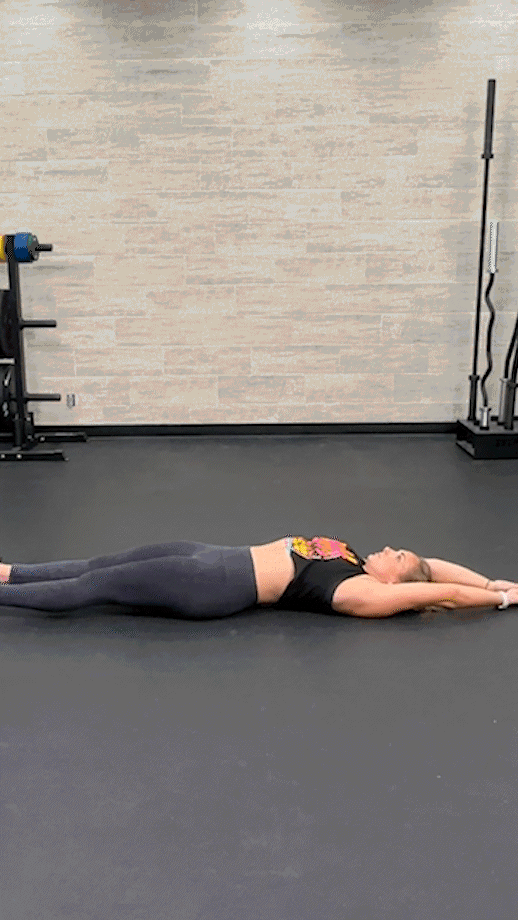
Weighted Hollow Hold
Why do it: Here, you can use a medicine ball, weight plate, dumbbell, or a kettlebell. You’ll feel the burn quickly because the load is further away from the working muscle.
How to do it:
- Choose your resistance, raise it above your head, and rest it on the floor.
- Straighten your legs and find a neutral spine.
- Raise your arms, upper body, and legs four to six inches off the ground and hold for the desired time.
- Rest and repeat for another reputation if you have it in you.
RELATED: Best Dumbbells
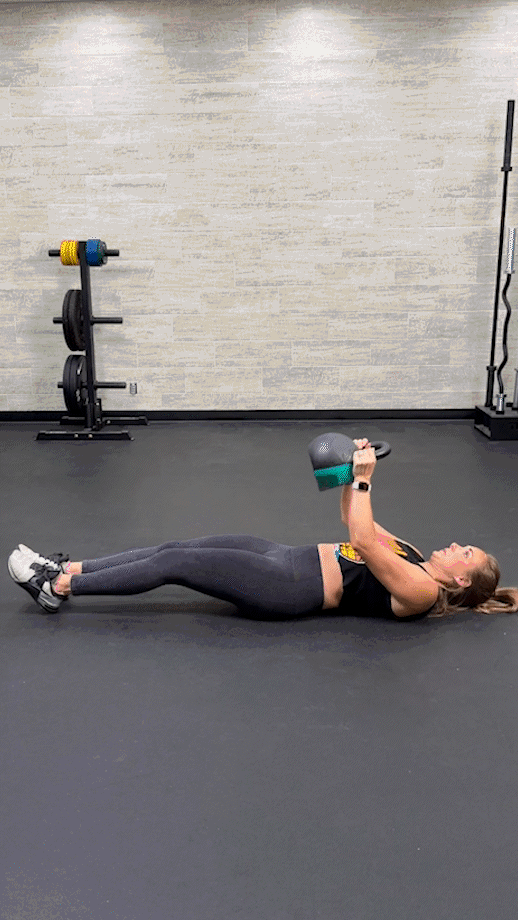
Hollow-Body Rock
Why do it: Adding a rocking movement to the hollow hold ups the intensity on your abs because this movement requires more core stabilization than the standard hollow hold.
How to do it:
- Get into the isometric hollow hold position as described above.
- While maintaining lower back contact, gently rock forward while keeping your hands and arms off the ground.
- Rock back to the starting position and repeat for reps or time.
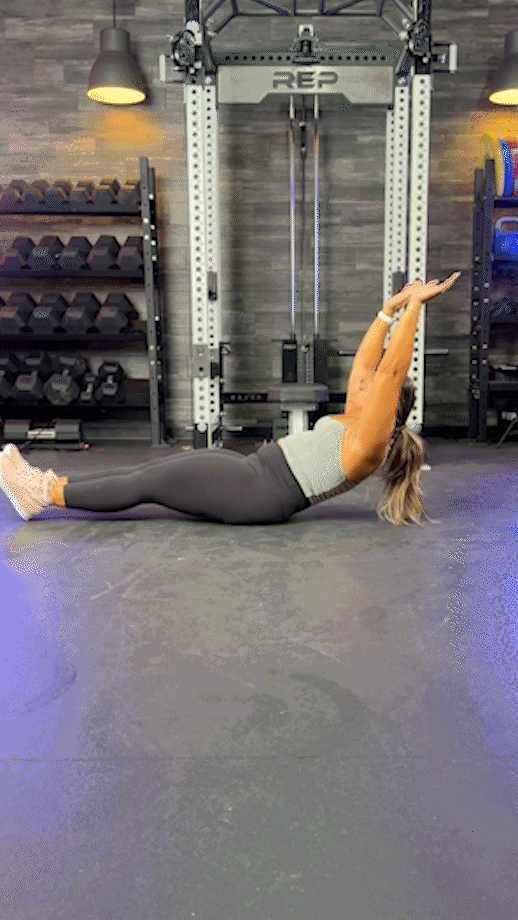
Hollow Body Plank
Why do it: The hollow body plank takes the front plank exercise to the next level. By protracting your shoulder blades and tilting forward, you put more tension on your core, shoulders, and wrist for increased strength and stability.
How to do it:
- Assume the push-up front plank position with your hands underneath your shoulders and your glutes engaged.
- Protract your shoulder blades by pushing your hands through the floor.
- Tilt forward onto the tips of your toes, putting more weight on your wrists and shoulders.
- Hold for the desired time.
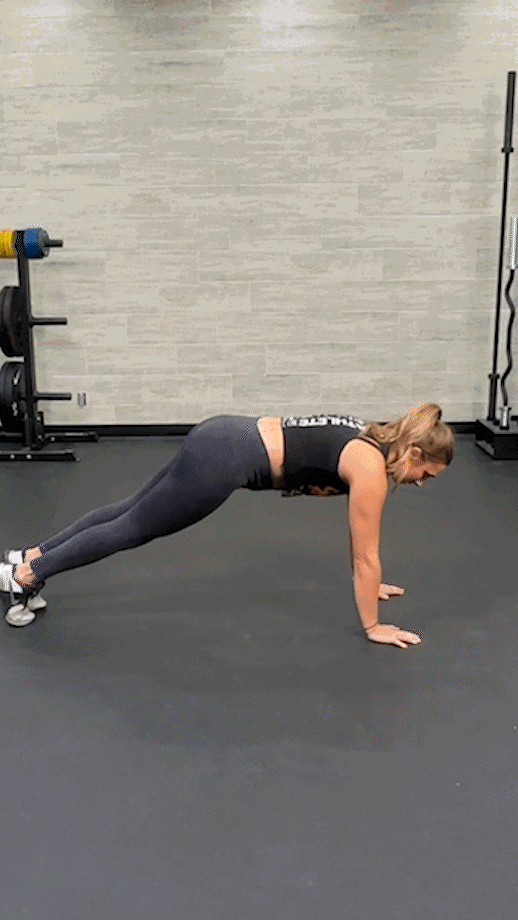
Hollow Hold Workout: FAQs
How long should you hold a hollow hold?
How long you should hold a hollow hold depends on how long you can hold it with good form. As a general guideline, anywhere from 30 to 60 seconds is considered challenging for most people.
Is hollow hold good for abs?
The short and long answers are both the same. Yes, the hollow hold is regarded as one of the best ab exercises because it can help strengthen the abs due to the incredible muscular tension this position provides.
Are hollow holds better than planks?
Generally, there are no better or worse exercises, just a better fit for you and your goals. Both hollow holds and planks train core stability from different positions, and both exercises deserve a spot in your core workout.
RELATED: Dumbbell Core Workout
Can you build muscle with hollow holds?
Hollow holds can help strengthen your abs and improve core stabilization. Still, there are better exercises to build muscle, such as full-body moves like the squat, bench press, overhead press, and deadlift variations.




